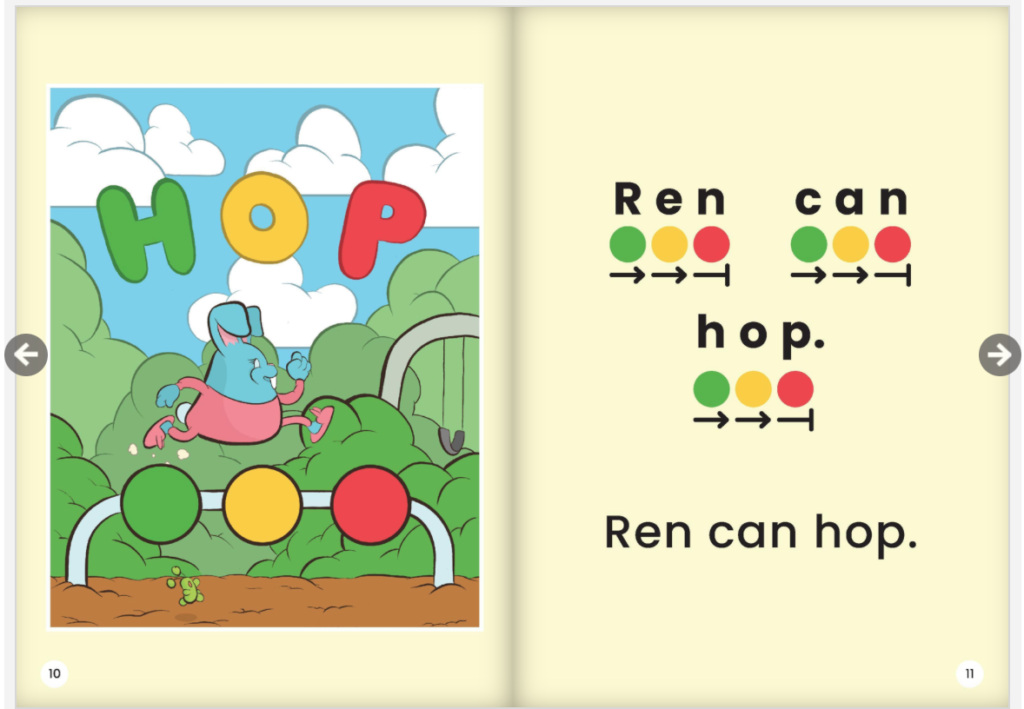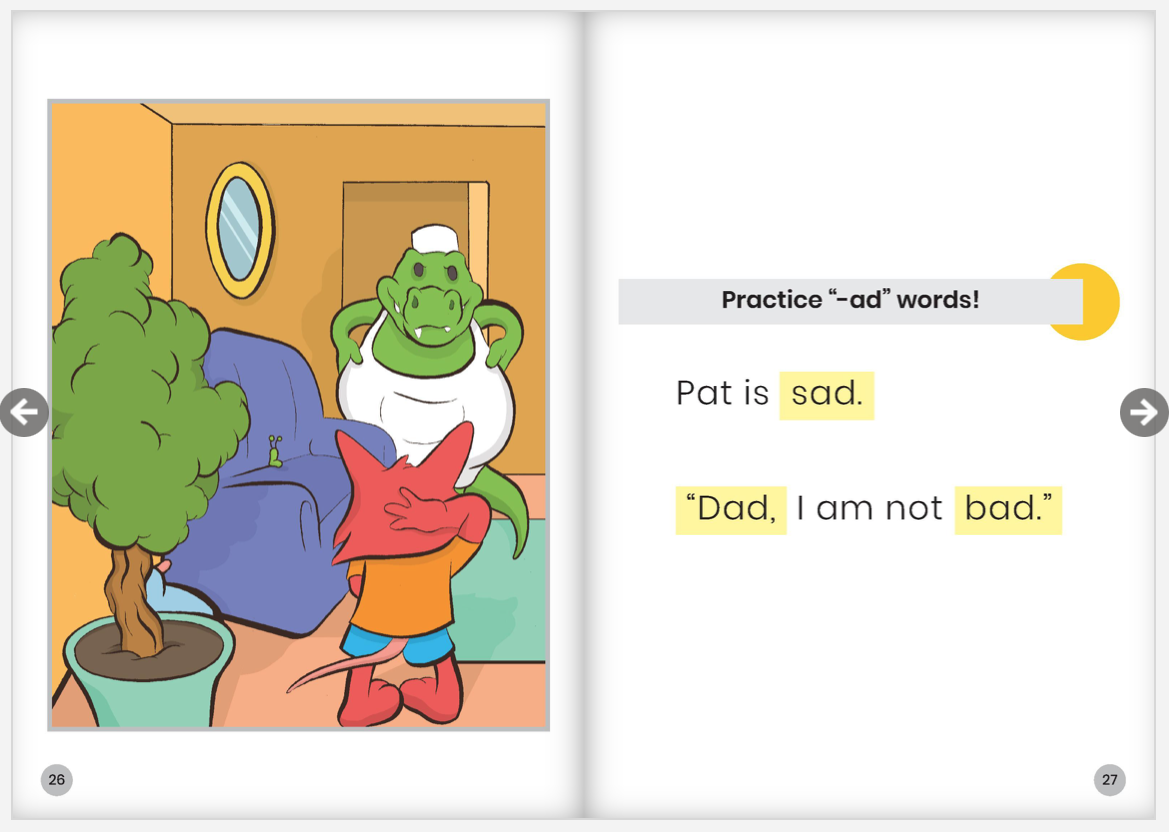Have you ever wondered what the secret ingredient is to successful reading skills in early childhood?
The answer is phonemic awareness!
This might sound like a term straight out of a linguistics textbook, but it’s actually quite simple to understand. Phonemic awareness is the ability to hear, identify, and manipulate individual sounds (phonemes) in spoken words.
Why is this so crucial, you ask?
Well, research shows that phonemic awareness is one of the strongest indicators of how well children will learn to read during the first two years of school instruction, and that it is the best predictor of reading success in young children, and subsequent reading progress. (National Reading Panel, 2000)
In fact, it has been found that Phonemic Awareness is far better than IQ at predicting the reading and spelling abilities of young children. Hence, it is crucial to encourage phonemic awareness at home from an early age, and your have good reasons to do so:
- It boosts decoding skills: Children with phonemic awareness can easily sound out words and spell them correctly.
- It enhances comprehension: It helps children understand different words and their meanings, enhancing their comprehension skills.
- It improves reading fluency: Phonemic awareness makes it easier for children to recognize and process words quickly, thereby improving reading fluency.
A pretty significant skill to have, right?
Fret not, there are ways to teach and encourage phonemic awareness, and here at Phunics, we’ve got you covered! Each of our entry level series is designed to tackle specific elements of phonemic skills:
Every single word in the stories from our BR series is broken down to colors-coded individual phonemes. Each story is accompanied by an audio book that guides the students through the process of identifying, segmenting, and blending.

Skills covered in this series:
- Phonemic identity: recognizing common sounds in different words
- Phonemic isolation: Recognizing different individual sounds within one word
- Segmentation: being able to breakdown a word into individual sounds
- Blending: being able to combine individual sounds together to form a word
Stories in this level are written with a controlled and repetitive vocabulary comprising of words containing one particular word family (ex. -at, -ap, -ad).

Skills covered in this series:
- Phoneme subsitution: being able to change a word by substituting one phoneme
Through these stories, children can easily learn the connection between sounds and letters, setting a strong foundation for their reading journey. So, let’s unleash the power of phonemic awareness and pave the way for our young readers’ success.
Check out the Beginner Reader Series, or Level 1 Family Fun Series, now!
Happy reading!
